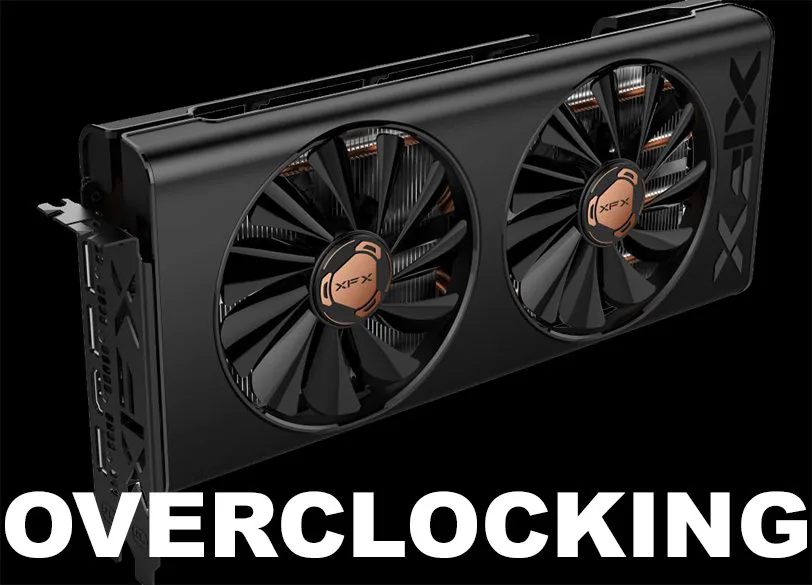Overclocking the Radeon RX 5600 XT
Introduction
This is the ever-evolving chronicles of the AMD Radeon RX 5600 XT. On January 21st AMD launched the Radeon RX 5600 XT and we reviewed the XFX Radeon RX 5600 XT THICC II Pro video card for $279.99.
Then, in a reaction to NVIDIA lowering pricing on GeForce RTX 2060 Founders Edition to $299 it was decided that the AMD Radeon RX 5600 XT could actually be pushed higher. Add-in-board partners released new BIOS’s with faster clock speeds. We tested the new BIOS that XFX has released for the XFX Radeon RX 5600 XT THICC II Pro which raised the game clock from 1460MHz to 1560MHz.
Now it is time to do our due diligence, and manually overclock the video card. Manual overclocking will always yield the highest GPU frequency and memory frequency boost no matter what new performance BIOS’s are released. To really see how far the Radeon RX 5600 XT GPU can be taken we must push it to the limits ourselves, so we have done exactly that for today’s review.

Clock Speeds
Let’s first dp a quick briefing of specifications so that we can see where we are starting from. A reference Radeon RX 5600 XT has a game clock of 1375MHz and a peak clock of 1560MHz. The memory is clocked at 12GHz and provides 288GB/sec of bandwidth. The total board power is 150W. MSRP is $279.99.
Our XFX Radeon RX 5600 XT THICC II Pro originally had a game clock of 1460MHz and a peak clock of 1620MHz. The memory clock is at the standard 12GHz. In our testing of the real-world clock speed while gaming we found that the video card actually runs around 1600MHz clock speed while gaming. This was right under the peak clock. This clock speed is very high and way over the reference spec.
However, it got even better. Right before the official launch XFX released a new BIOS that you can download and install that raises the official game clock. The new official specifications are now a 1560MHz game clock and the same 1620MHz peak clock and 12GHz memory clock. In our testing the actual real-time frequency now was raised from 1600MHz up to between 1720-1740MHz while gaming. This is a pretty big increase. Therefore, when we overclock our baseline we are starting from with the new performance BIOS is this 1720-1740MHz area. We are therefore looking for clock speeds higher than this with overclocking.
